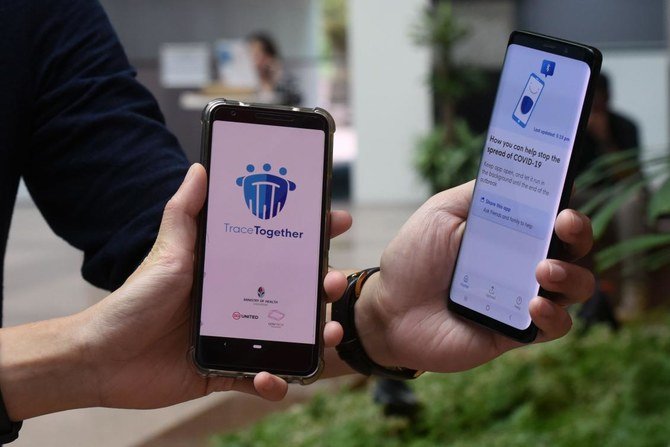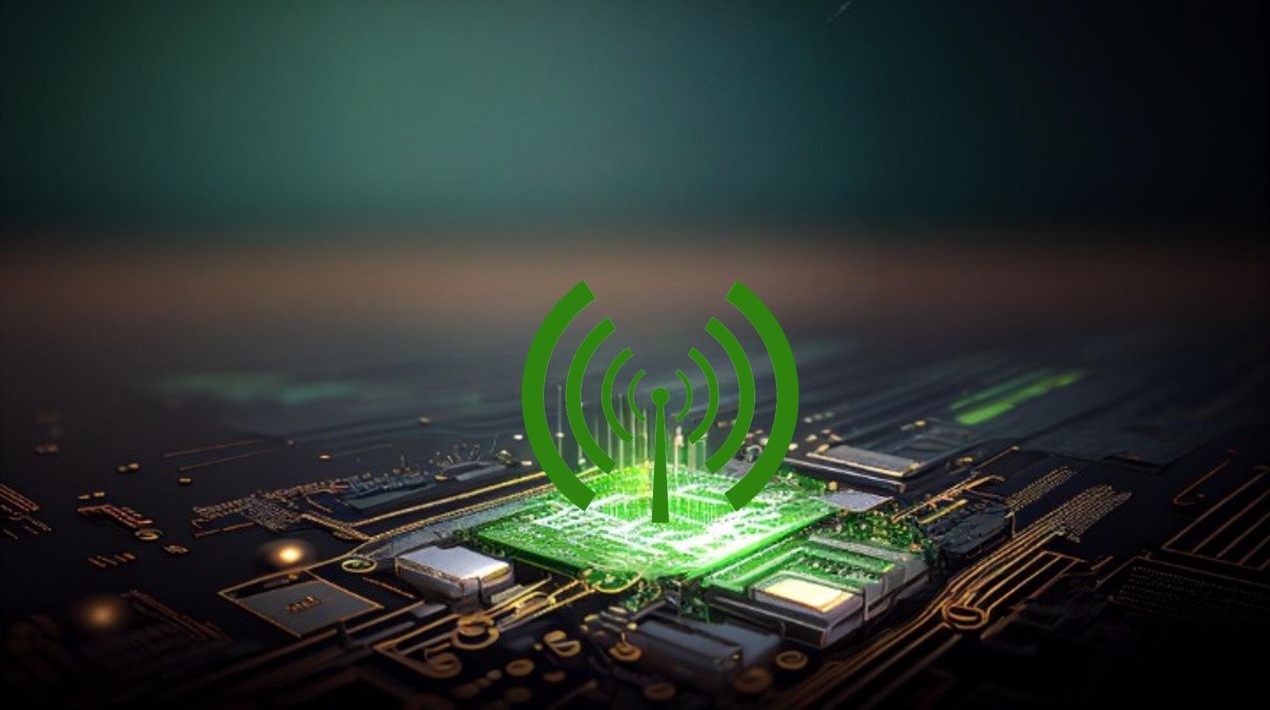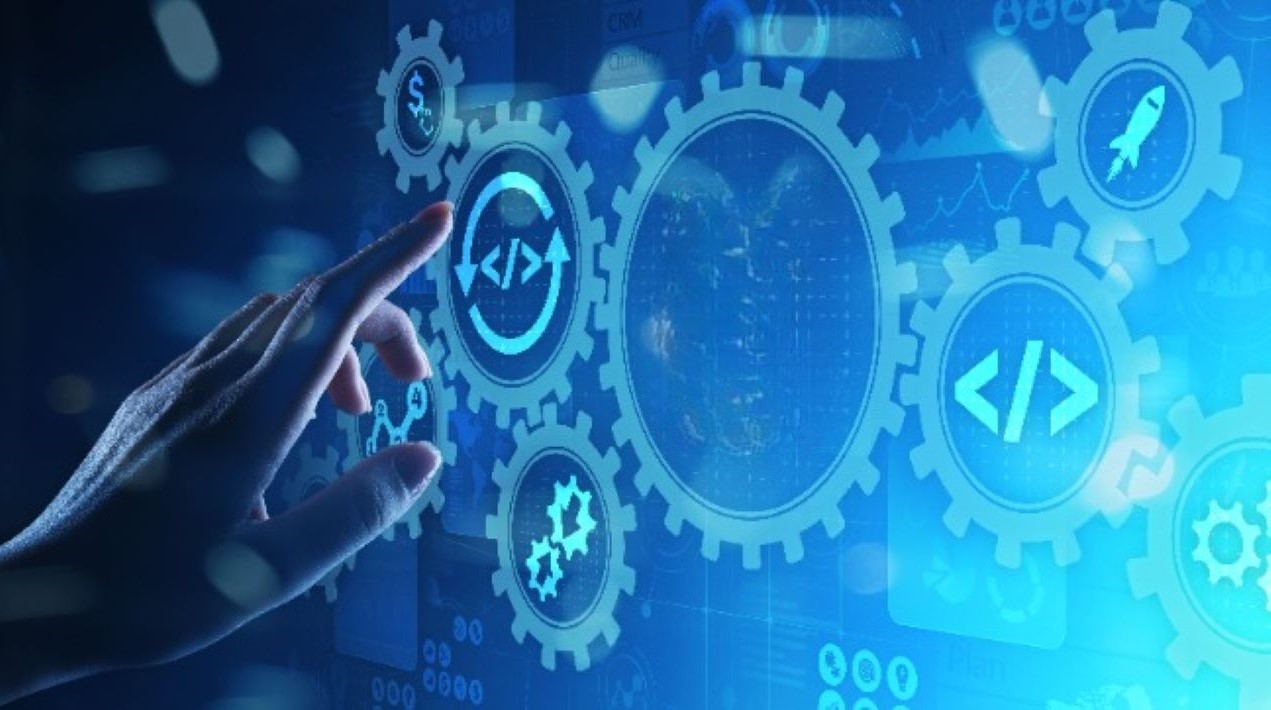
Singapore Government has upped its distribution, public awareness and citizen engagement strategy for the TraceTogether Programme as it looks to reopen its economy further by allowing more businesses and social activities to resume, the ability to do contact tracing quickly, and at scale, becomes more critical to reduce the risk of new transmission chains forming.
They have added mobile booths informing the public of how to set-up TraceTogether and added many more TraceTogether token collection points across the country.
The TraceTogether (TT) Programme – comprising the TT App and the TT Token – provides the initial list of close contacts of COVID-19 positive cases.
Together with SafeEntry (SE) and associated digital systems, the TT Programme has enabled the contact tracing teams to reduce the time taken to identify and quarantine a close contact from 4 days to less than 2 days on average.
The TT Programme also supplements manual contact tracing by identifying close contacts who are not known to index cases, or cannot be recalled by cases.
Mobile Booths to Support Public Adoption of the TraceTogether Programme
The Smart Nation and Digital Government Group (SNDGG) will be deploying roving TT mobile booths to provide a convenient set-up for the public to adopt the TT Programme.
Starting from 2 October 2020, TT mobile booths will be deployed to about 100 locations for public to collect their Tokens, or learn how to download and use the App. The booths will be set up at areas with high footfall such as malls.
The TT mobile booths are an additional avenue for the public to collect their TT Token for themselves and their family members.
TraceTogether Token Collection available at more Community Centres throughout Singapore
The nation-wide distribution of TT Tokens commenced on 14 September 2020 at Community Centres in the Jalan Besar and Tanjong Pagar regions. To date, more than 100,000 Tokens have been distributed.
From 1 October 2020, the distribution exercise will be expanded to 18 Community Centres in the Ang Mo Kio, Bishan, Toa Payoh and Sengkang regions.
















